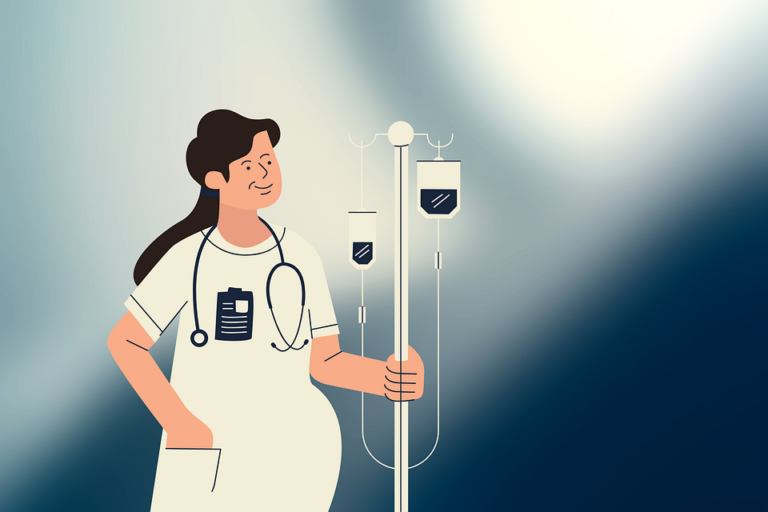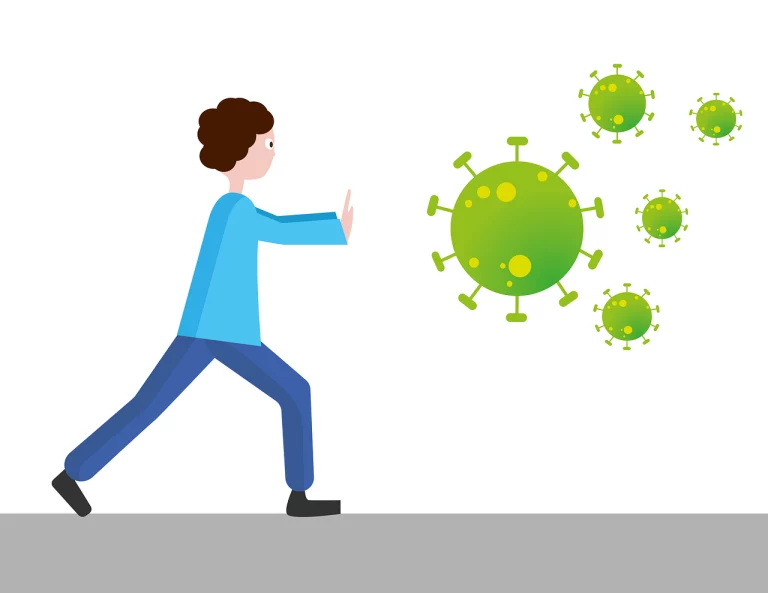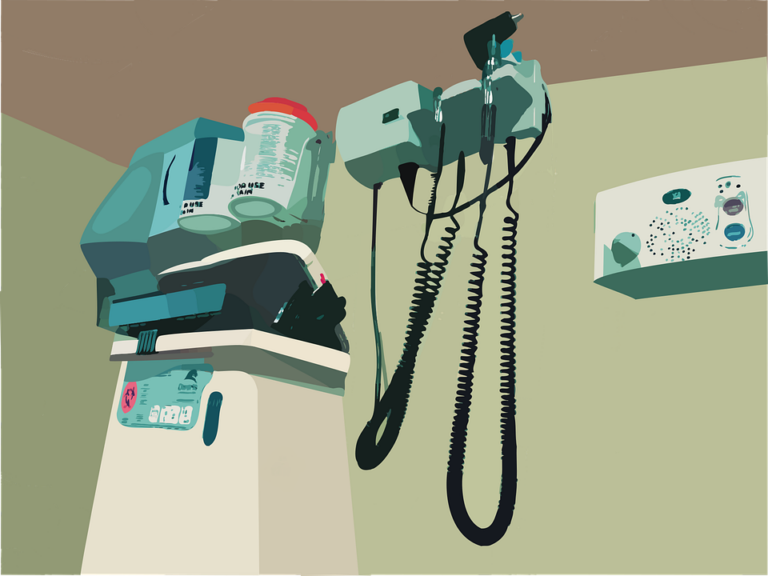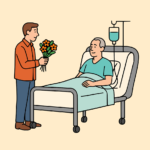Book Appointment Now

Techniques for Reducing PTSD
Post-traumatic stress disorder (PTSD) is a mental health condition triggered by experiencing or witnessing a traumatic event. Symptoms can range from flashbacks and nightmares to severe anxiety and depression. Finding techniques for reducing PTSD is essential for those affected to regain control over their lives. This article explores various effective methods to manage and alleviate PTSD symptoms, especially in the context of psychiatric mental health nursing.
Do you need essay writing help about PTSD management interventions? ![]()
Understanding PTSD and Its Impact
PTSD can affect anyone who has experienced trauma, whether due to combat, assault, natural disasters, or other life-threatening events. It disrupts daily functioning, impacting personal relationships, work, and overall quality of life. Nurses play a vital role in identifying symptoms and guiding patients toward PTSD management strategies.
Common Symptoms of PTSD
- Re-experiencing the Trauma: Flashbacks, nightmares, and intrusive thoughts.
- Avoidance: Steering clear of places, people, or activities that remind one of the trauma.
- Negative Thoughts and Feelings: Feelings of guilt, shame, or fear, and difficulty maintaining close relationships.
- Hyperarousal: Heightened alertness, difficulty sleeping, irritability, or being easily startled.
Techniques for Reducing PTSD Symptoms
Effective techniques for reducing PTSD often involve a combination of therapies and interventions tailored to the individual’s specific needs. Here are some widely recognized methods:
Cognitive-Behavioral Therapy (CBT)
Cognitive-Behavioral Therapy (CBT) is a PTSD therapy method that helps individuals recognize and change unhelpful thought patterns. This approach is effective in reducing the impact of trauma-related thoughts and behaviors by promoting healthier ways of thinking and coping.
Exposure Therapy
Exposure therapy involves gradually exposing the patient to the trauma source in a controlled environment to reduce fear and anxiety over time. This method can be particularly helpful in PTSD treatment options, as it allows patients to confront their fears in a safe, therapeutic setting.
Eye Movement Desensitization and Reprocessing (EMDR)
EMDR is a specialized therapy that involves guided eye movements to help the brain process and integrate traumatic memories, reducing their emotional impact. This technique has shown success in reducing PTSD symptoms by helping patients reframe their trauma experiences.
Medication Management
Medications, such as selective serotonin reuptake inhibitors (SSRIs) and other antidepressants, can help manage PTSD symptoms like anxiety, depression, and insomnia. These medications should be used in conjunction with other PTSD management strategies for optimal results.
Nursing Interventions for PTSD
Nurses play a critical role in managing PTSD through several interventions:
- Providing Education: Educating patients and families about PTSD, its symptoms, and available treatments.
- Creating a Safe Environment: Ensuring a calm, supportive, and non-judgmental space for patients to express their feelings.
- Implementing Relaxation Techniques: Teaching breathing exercises, mindfulness practices, and progressive muscle relaxation to help patients manage anxiety and stress.
- Supporting Therapy Participation: Encouraging and facilitating patient participation in PTSD coping techniques such as CBT and EMDR.
The Role of Self-Care in Reducing PTSD Symptoms
Self-care is a crucial component of PTSD management strategies. Patients are encouraged to engage in activities that promote overall well-being, such as:
- Physical Activity: Regular exercise can reduce anxiety and improve mood.
- Healthy Diet: Proper nutrition supports mental and physical health.
- Sleep Hygiene: Maintaining a regular sleep schedule can help reduce symptoms like insomnia.
- Support Systems: Connecting with family, friends, or support groups can provide emotional support and reduce feelings of isolation.
There are numerous techniques for reducing PTSD that can help individuals manage their symptoms and lead fulfilling lives. By understanding the condition and exploring various PTSD treatment options, patients can find effective coping methods tailored to their unique experiences. Psychiatric mental health nurses play a pivotal role in supporting patients on their journey to recovery, ensuring they have the tools and resources needed to achieve a better quality of life.







